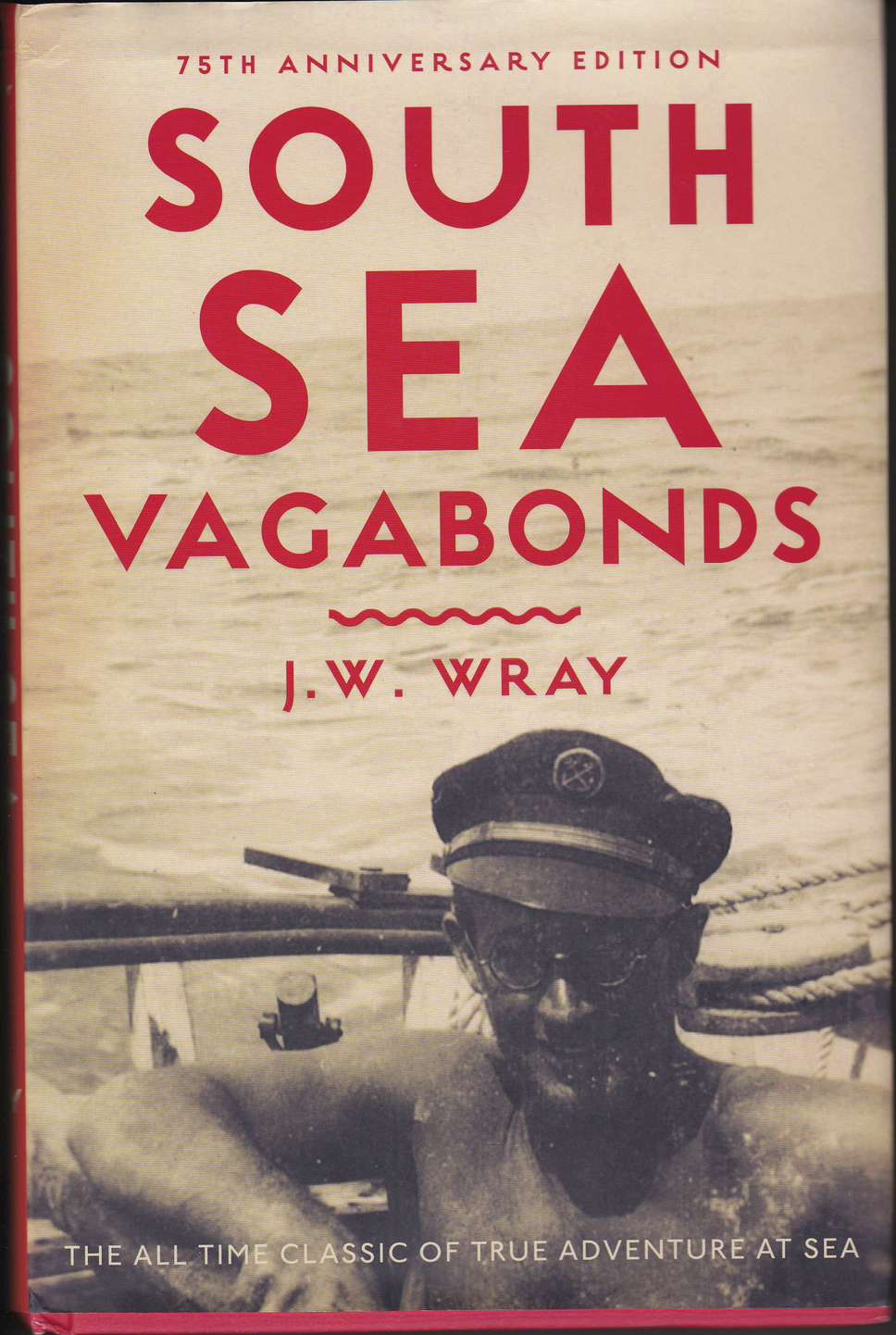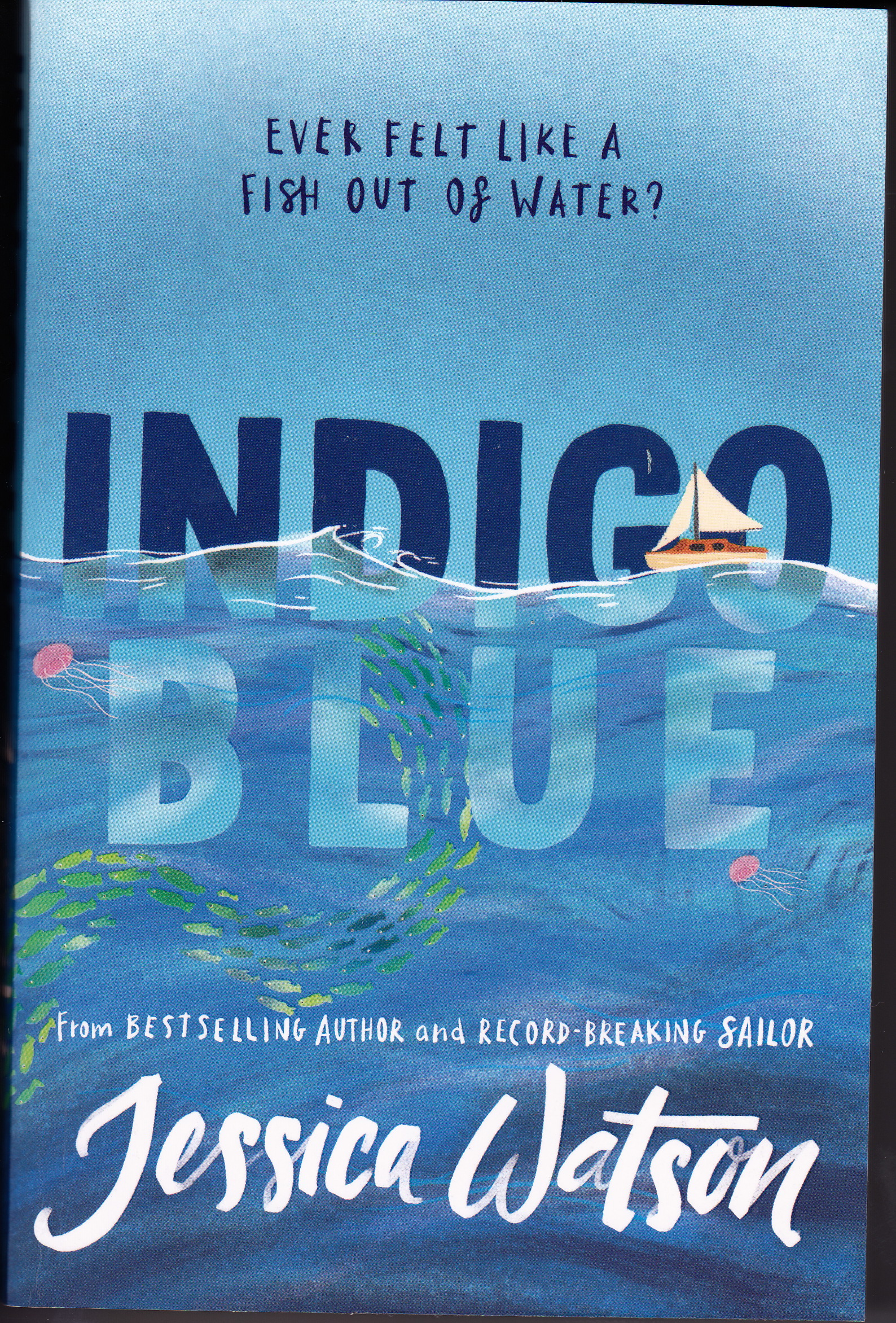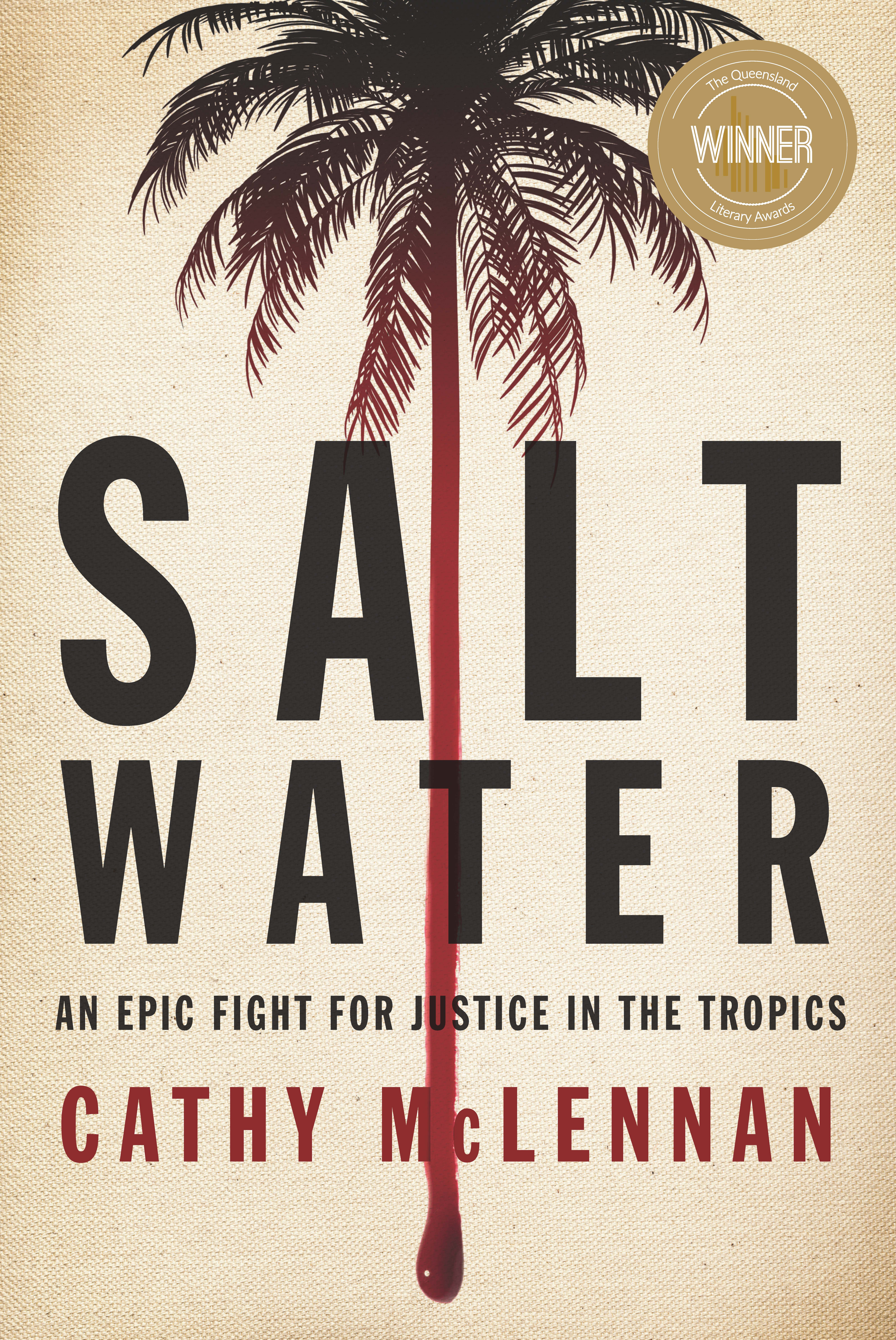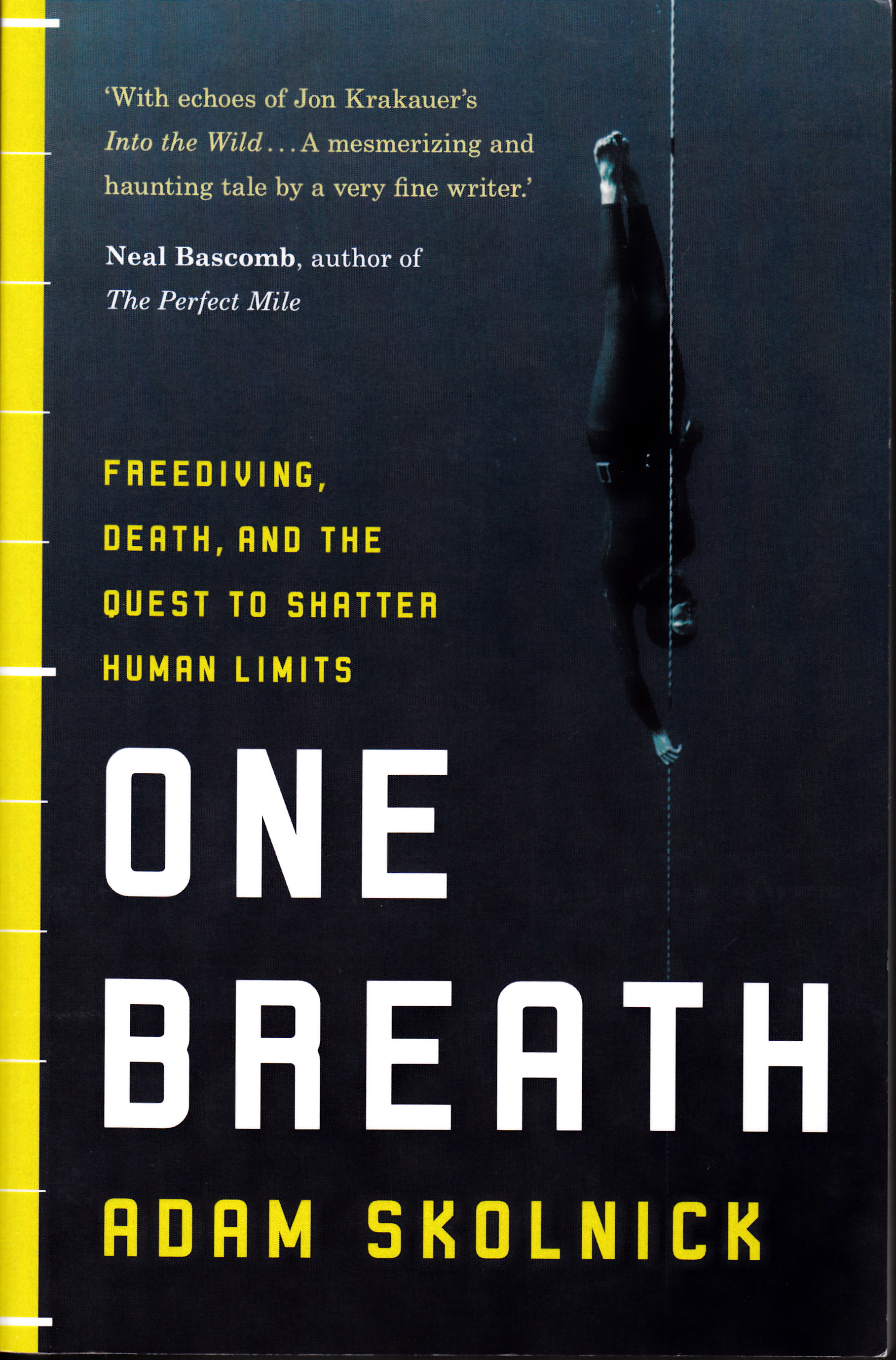Wray's Ngataki - the dream
that became reality
In 1932, young Johnny Wray, fired from a job he was doing indifferently, thought it a good idea to stay at home with his parents and build a boat in the front yard. He had precisely £8 10s to his name, no boat building experience, no tools and no materials.Wray had the good fortune to be living in Auckland, New Zealand, in a society that was used to making do, being resourceful and not holding much store by the “proper” way to do things.
Undaunted by his lack of experience, he began making a small model of a boat, using his recollection of the Teddy, a Norwegian pilot boat on which he had previously sailed, as inspiration. Realising rapidly that his skills would preclude an exact copy, he determined that his boat would need to be square bilged and have a stern simpler than Teddy’s. He whittled away at his model until he was happy with its lines and then began acquiring the materials to build his full-size boat.
Wray collected timber from the beaches around Hauraki Gulf, using his friend’s boat to tow the massive logs home. Each of these excursions was an adventure in itself and a series of harsh lessons for the young chancer. At night he chipped excess tar from the side of roads and melted it to coat the No 8 fencing wire he used to bind his boat together. He had a fortunate break when the salvager of the Rewa traded him some wood and materials for fresh food and was lucky in his friends for they lent or gave him tools and encouragement that kept him going through the long build.
Wray settled on a name for his boat by looking through a Maori dictionary. There he found Ngataki, which meant “abode of the elite”, and that was good enough for him.
When his boat was finished the next year, and after a six-month, shakedown laze around the New Zealand coast, he recruited some friends with boating experience for voyages north to the warm Pacific islands. During the next few years, the sturdy Ngataki bore a motley crew to islands that dreams were made of through days of blissful sailing and storms that hardened sailors would have wished to avoid.
In the same understated, knockabout way that he constructed his boat, Wray later pieced together an account of its construction and his first few voyages into the Pacific and across the ditch to Australia. South Sea Vagabonds was first published in 1939. That he was “not a writer” had as little impact on the young Wray as that he had not been a boat builder. Fortunately.
Like his strong, enduring boat (Wray sold Ngataki in 1946 and after several owners it fell into the hands of Debbie Lewis who sailed it around the world and made other voyages before donating it to the Tino Rawa Trust in 2010) his story proved durable too, spawning the dreams of many later sailors and cruisers who went on to build boats or simply buy them and sail away.
The 75th anniversary edition of Wray’s South Sea Vagabonds (published in 2014) has the sepia-toned Wray on its cover, jaunty captain’s cap on his head, at home in his beloved Ngataki.
Bruce Ansley’s lively and informative introduction to the new edition fills in some telling detail of Wray’s background.
His legend has outlived him. The qualities that are evident in his account – the determination to make something out of nothing, to test himself against the elements, to live his life his own way - are what make his book compelling.

… there is nothing - absolutely nothing - half so much worth doing as simply messing about in boats.
- Ratty to Mole in The Wind in the Willows by Kenneth Grahame




